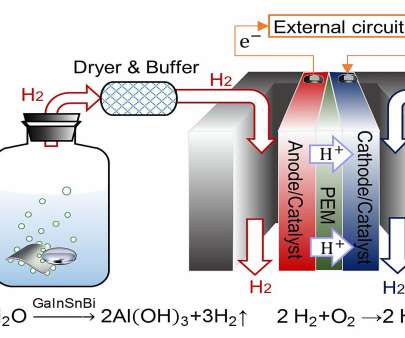Chinese researchers develop new alloy for on-board hydrogen production for fuel cells
Green Car Congress
JANUARY 29, 2020
Researchers from the Chinese Academy of Sciences and Tsinghua University have used a gallium, indium, tin and bismuth alloy to generate hydrogen, when placed in contact with an aluminum plate immersed in water. The hydrogen is then used in a PEM fuel cell. —Xu et al.















Let's personalize your content